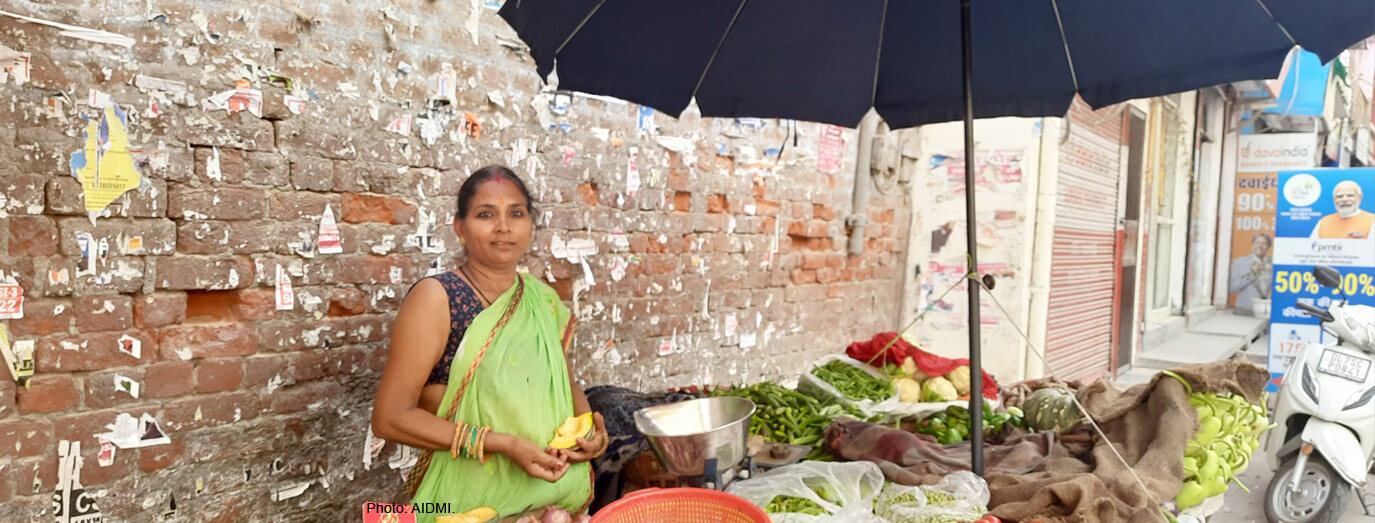
By Prof Vinod K. Sharma, Vice Chairman, Sikkim State Disaster Management Authority, Govt. of Sikkim, India
As a professor of disaster management, I have witnessed the devastating impacts of heatwaves in India. These extreme weather events are becoming increasingly frequent and intense, posing a significant threat to human health, agriculture, and infrastructure. While India has made strides in disaster preparedness, a more nuanced understanding of heatwave vulnerability and the effectiveness of government interventions is crucial for building a heatwave-resilient nation.
Vulnerability to heatwaves is not uniform across the population. A complex interplay of factors, including age, socioeconomic status, occupation, and geographic location, shapes it. Older adults, children, pregnant women, outdoor labourers, and those living in informal settlements are particularly susceptible to heat stress. In my opinion, the lack of comprehensive data on vulnerable populations hinders targeted interventions. For instance, while government schemes exist for housing and microfinance, their linkage to heatwave mitigation remains tenuous.
The Indian government has implemented several initiatives to combat heatwaves, including the National Disaster Management Plan and Heat Action Plans at the state level. These plans encompass early warning systems, public awareness campaigns, and the establishment of cooling centres. However, a closer examination reveals gaps in their effectiveness. I think many HAPs lack local context and fail to address the needs of vulnerable groups adequately. Heatwaves tend to be treated as isolated events rather than incorporating them into a multi-hazard approach.
Several recommendations deserve attention to enhance India’s resilience to heatwaves. First, we need a paradigm shift from a reactive to a proactive approach. This requires investing in robust early warning systems accessible to all, particularly vulnerable communities. Second, HAPs should be tailored to local contexts, incorporating insights from communities and relevant stakeholders. This includes identifying and mapping vulnerable populations, understanding their needs, and designing interventions accordingly.
Third, existing government schemes should be reviewed and, where possible, redesigned to address heatwave risks. For example, the government’s focus on solar energy could be leveraged to promote rooftop solar installations in low-income communities, providing affordable cooling solutions. Fourth, there is an urgent need for more research on the impacts of heatwaves on different sectors, particularly agriculture and public health. This research should inform the development of evidence-based adaptation strategies.
Finally, raising public awareness about heatwave risks and preventive measures is paramount. This can be achieved through targeted campaigns utilising various media platforms, community outreach programs, and incorporating heatwave education into school curriculums.
Addressing the growing threat of heatwaves in India demands a multi-pronged approach. By prioritising vulnerability reduction, strengthening government interventions, and fostering a culture of preparedness, we can mitigate the impacts of these extreme events and build a safer and more resilient future for all Indians.
Photo caption: “I stand here all day under the sun to sell my vegetables. This umbrella offers a little shade, but the heat is relentless.” – A woman selling vegetables from her cart on a Delhi roadside. Photo: AIDMI.
Disclaimer: The views expressed in this piece are those of the author/s and do not necessarily reflect the views or policies of AIDMI.